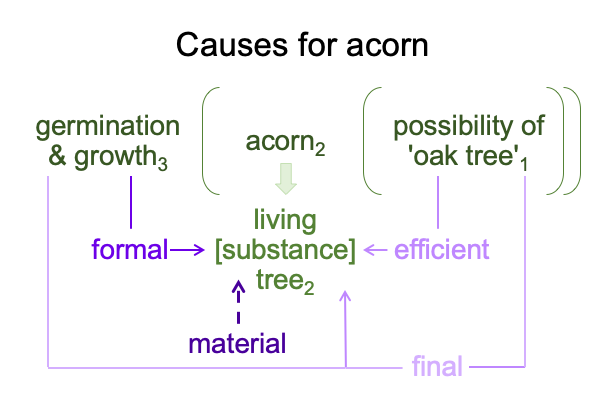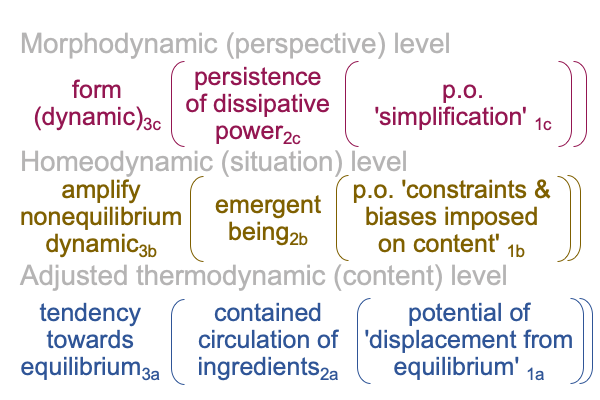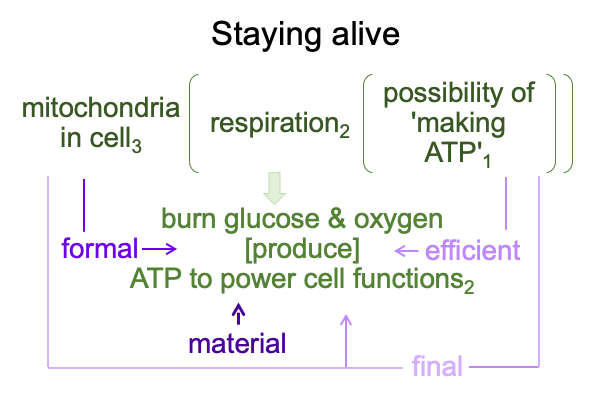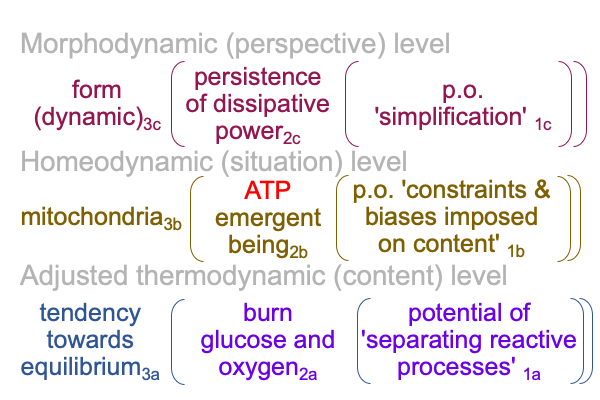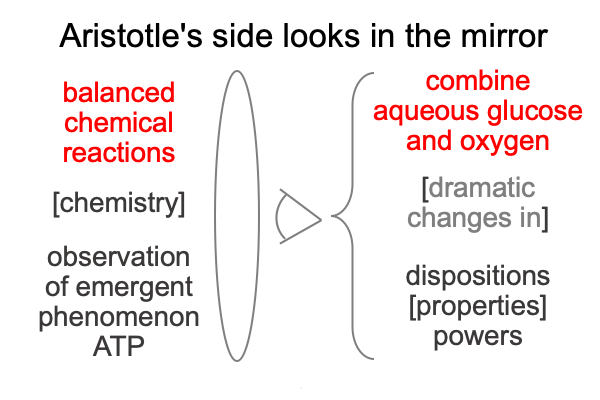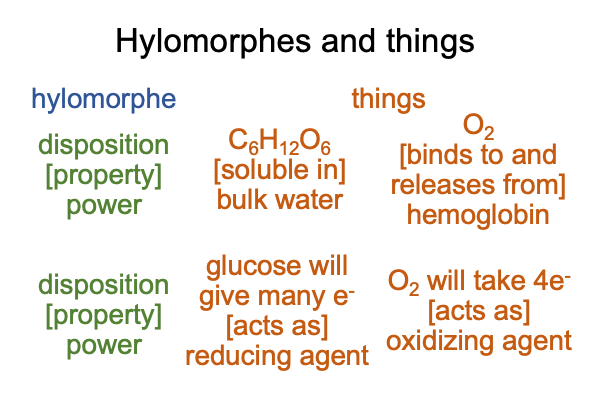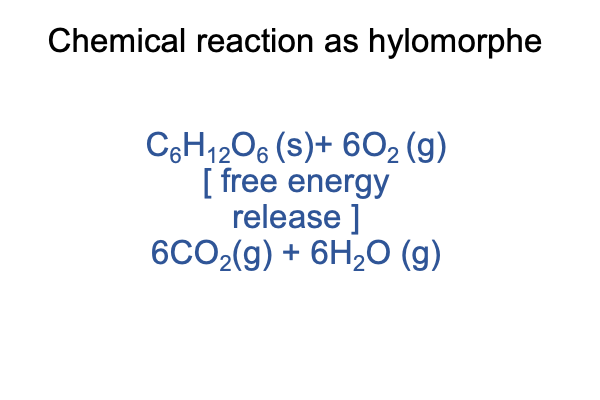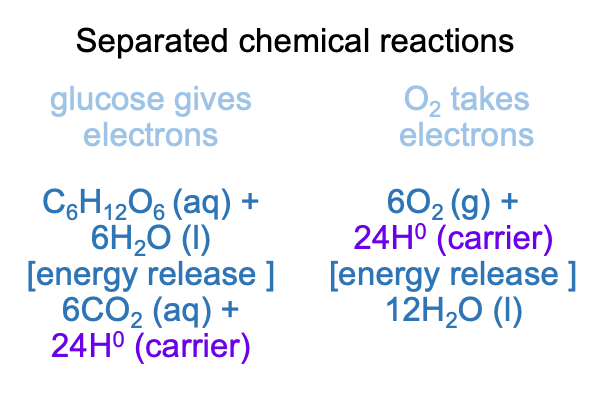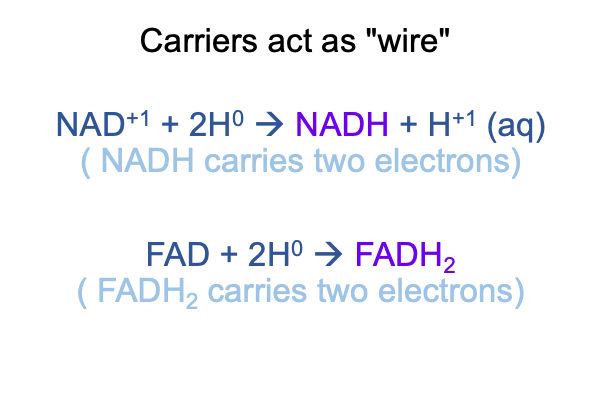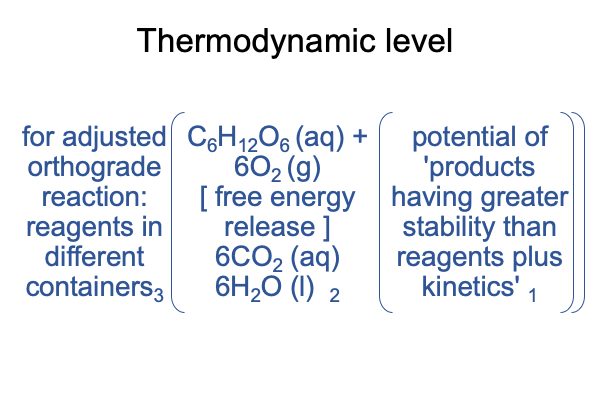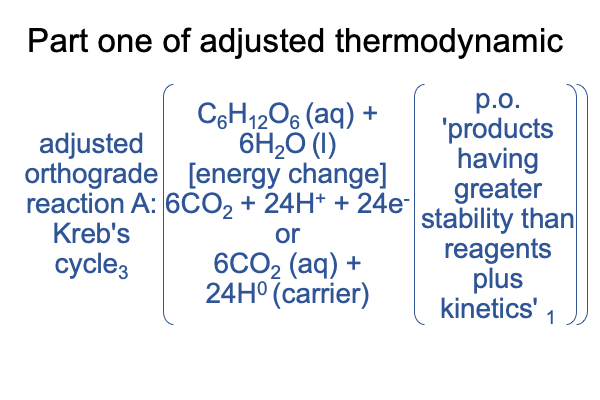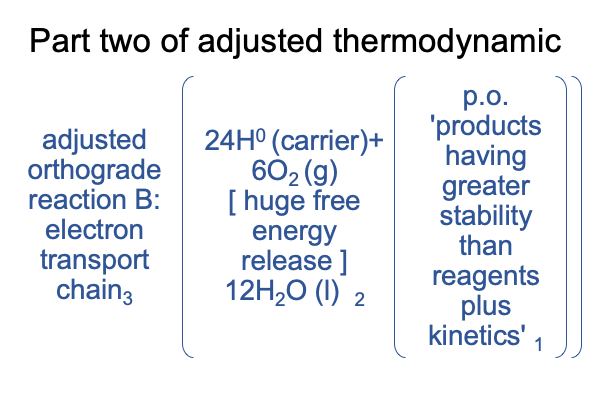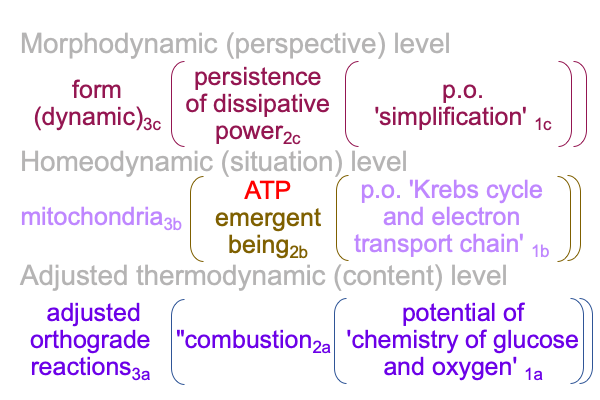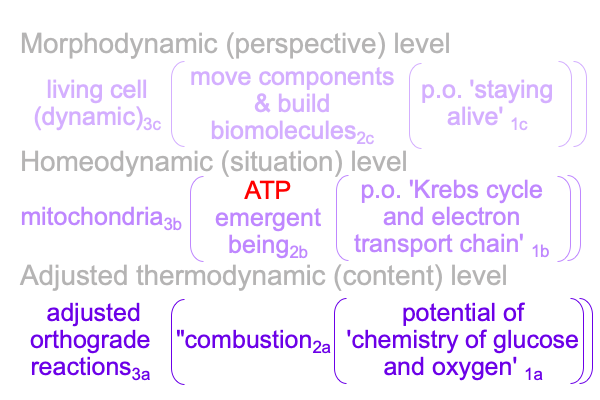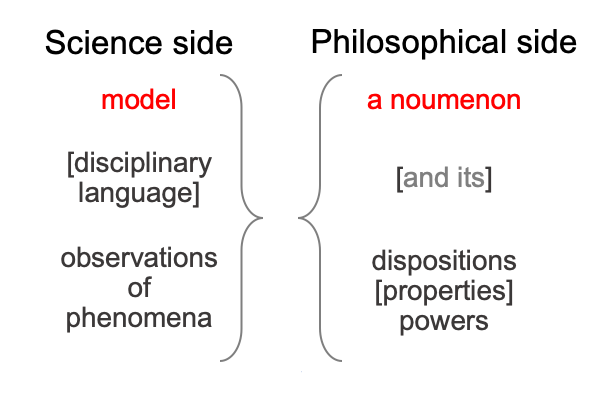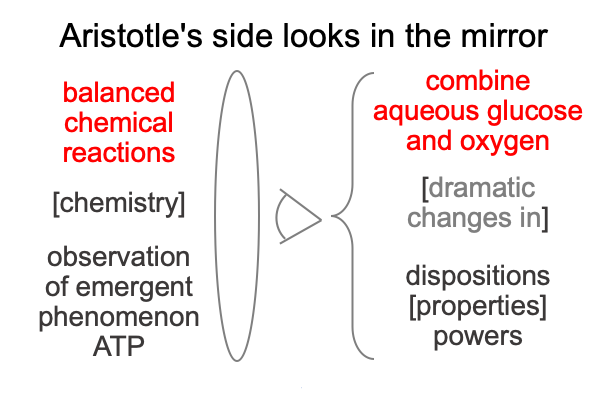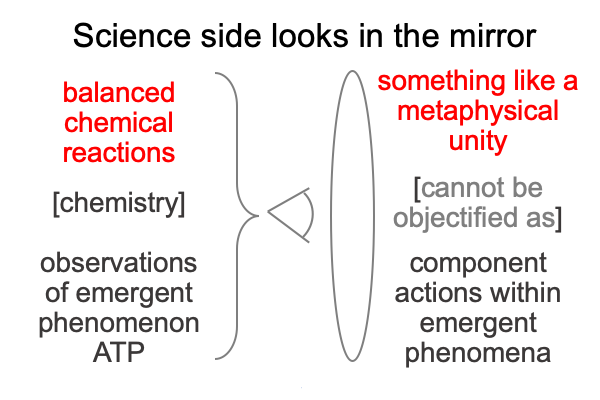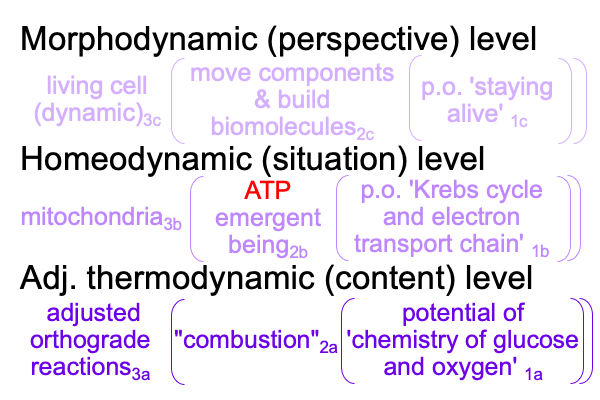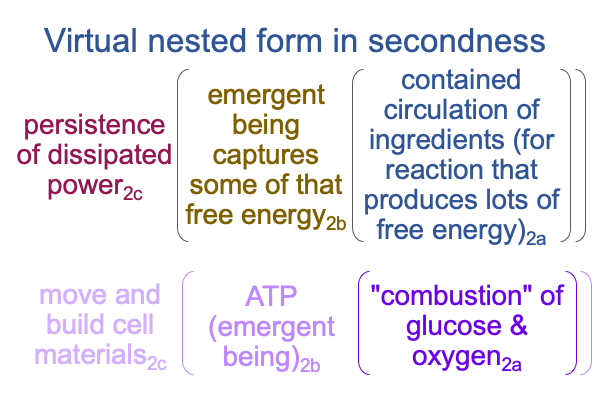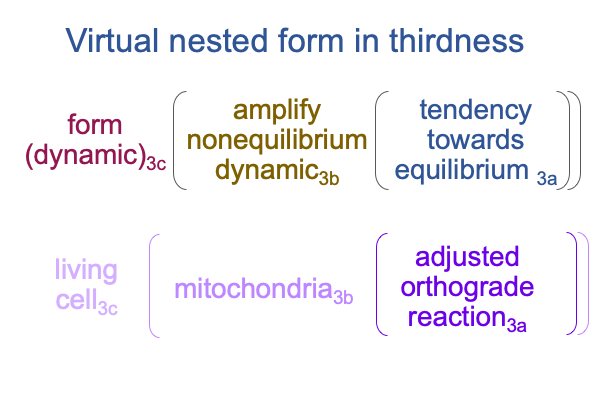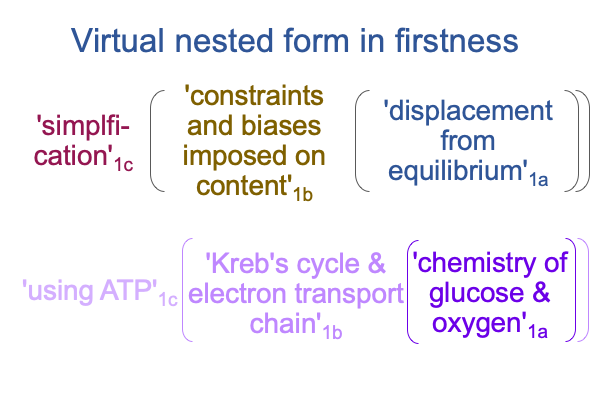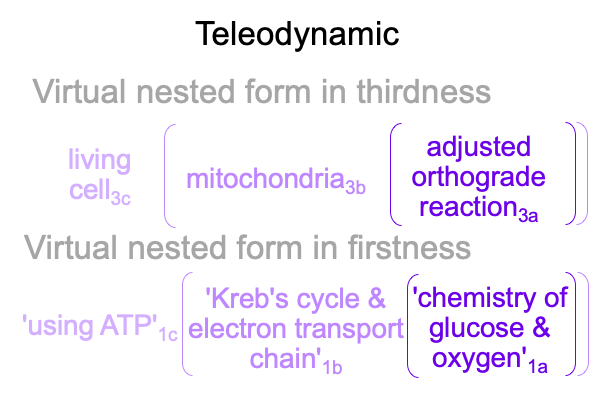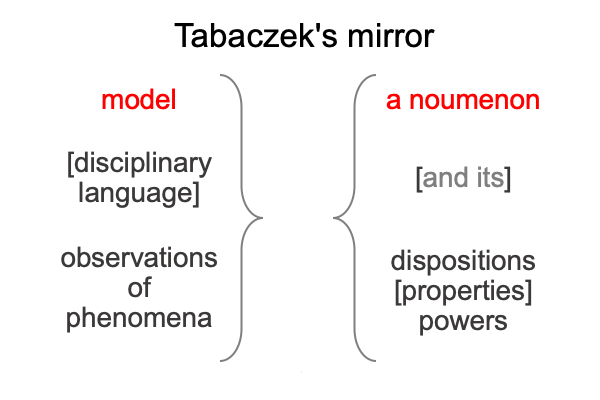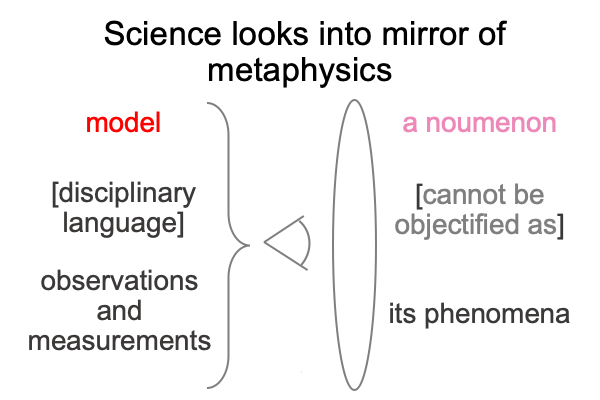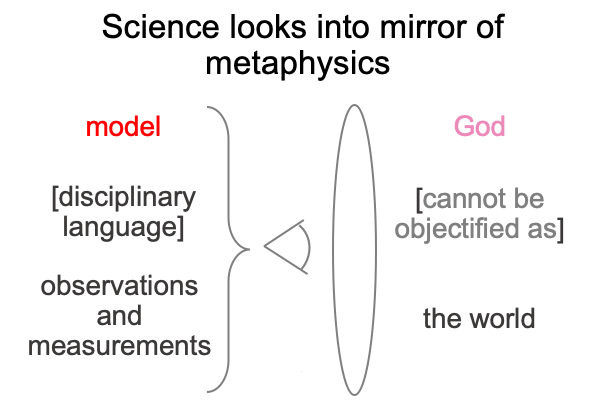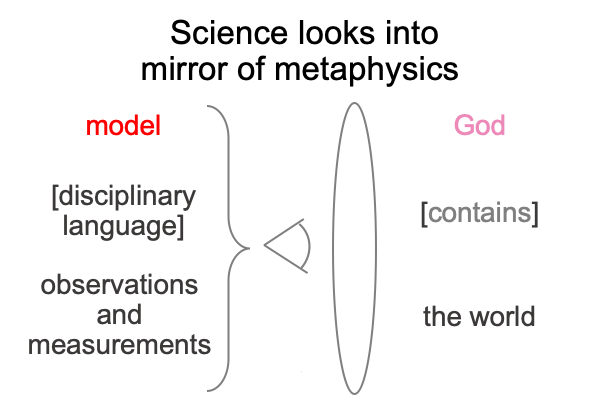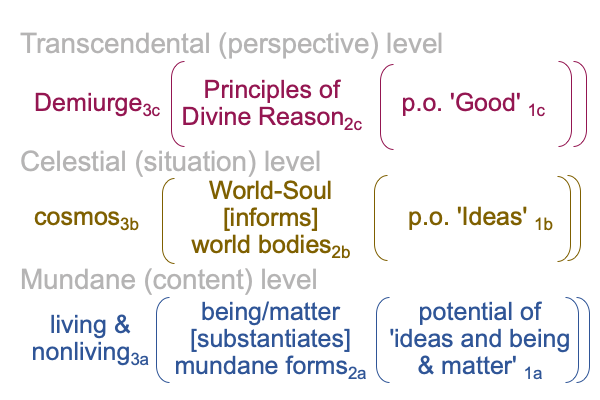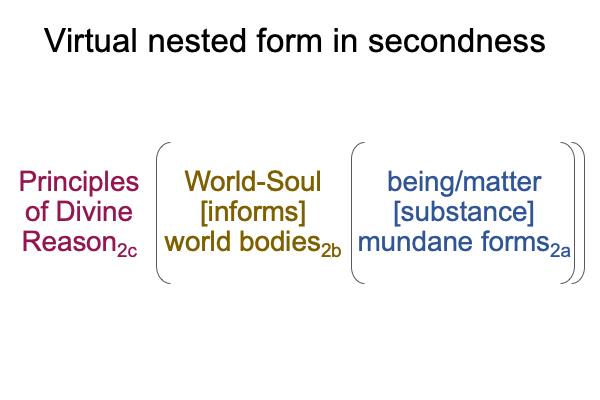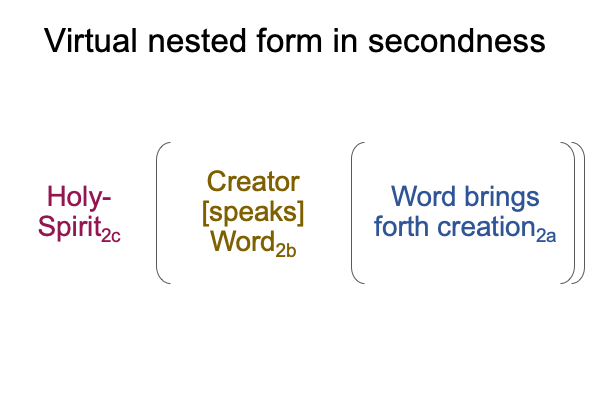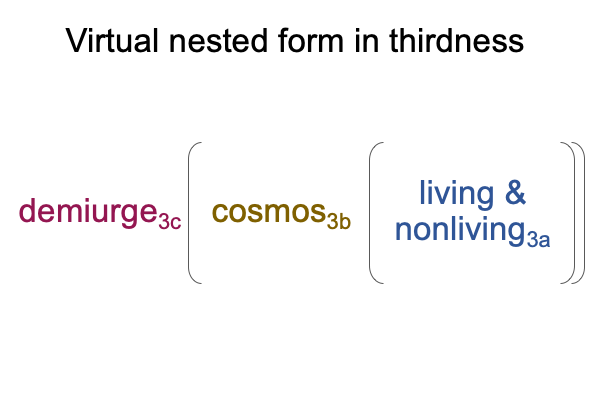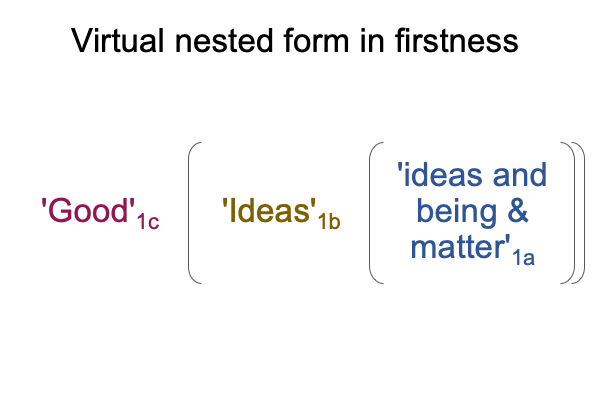Looking at Mariusz Tabaczek’s Book (2021) “Divine Action and Emergence” (Part 9 of 22)
0229 So, what is the problem?
Oh yeah, the problem is Tabaczek’s optics.
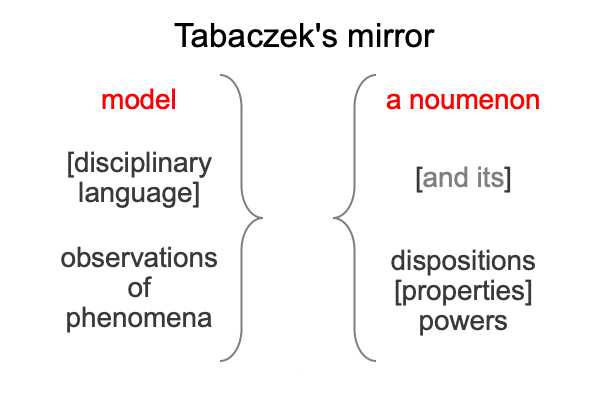
0230 Chapter two of Divine Action and Emergence extols the Aristotelian, not as one who sees a reflection of empirio-schematic labor, but as an agent capable of looking into the mirror of science.
Surely, there is a history to tell.
Plus, if history is a noumenon, the I (acting as a scientist) may place a model on top of that noumenon, so as to obscure the thing itself, and reveal that “history” is nothing more than what my model says that it is.
0231 My semiotic construction of Tabaczek’s account starts with a model of our current Lebenswelt called, “the first singularity”.
For the next several points, I will use chronological nomenclature corresponding to the nominal beginning of the Ubaid period of southern Mesopotamia. Zero U0′ (0 Ubaid Zero Prime or “uh-oh prime”) is set at 5800 BC. The first singularity is a hypothesis that the potentiation of civilization is due a change in the ways human talk, from hand-speech talk to speech-alone talk, plus, the first culture to practice speech-alone talk is the Ubaid of southern Mesopotamia.
Yes, the hypothesis of the first singularity satisfies the (now deceased) positivist intellect.
Plus, the hypothesis bubbles with truncated material and efficient causations!
0232 Note how the time frame changes.
For example, Aristotle (384-322 BC) lives from 5416-5478 U0′.
In other words, Aristotle lives over five millennia after the initiation of the first singularity and the potentiation of civilization.
Aristotle participates in a debate on the nature of stability and change that begins with Thales (5180-5250 U0′) and Anaximander (5190-5225 U0′). Aristotle figures out his famous four causes as well as the hylomorphic character of things. Aristotle’s foil is Democritus, who proposes that everything is made of unchanging tiny things called “atoms”.
0233 The debate may be configured as follows.
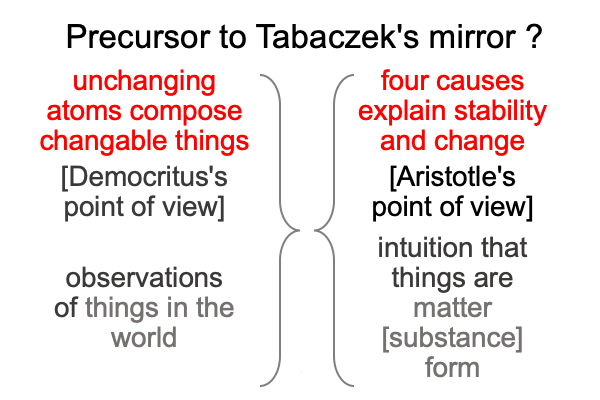
0234 Consider the classic example of an acorn that germinates and grows into an oak tree.
How do Democritus and Aristotle explain?
Democritus’s account offers a fantastic vision that, in the 7600s, is shown to be scientifically correct. The acorn is composed of particles, “atoms”, so small that the relative difference in mass between an oak tree and acorn is smaller than um… the absolute number of particles in the acorn in the first place. In other words, relative differences are dwarfed by actual numbers, if that makes sense. Say the oak tree is a million times larger than the acorn. A million is ten times itself 6 times (that is 106). That difference is insignificant compared to the millions of millions of millions (ten times itself 18 times, 1018) of atoms composing the acorn.
Aristotle’s account offers a more accessible vision. The acorn is a being-in-potency. The oak tree is a being-in-perfection. Here, the technical term, “perfection”, means “all grown up”, not “without flaw”.
0235 What is the problem with Aristotle’s account?
Aristotle’s account cannot be reduced to truncated material and efficient causes.
Aristotle’s account cannot be converted into mathematical or mechanical models.
So, Aristotle’s vision is rejected by the so-called “mechanical philosophers” in the 7400s.
0236 Not surprisingly, today, in 7824 U0′, scientists are starting to realize that emergent phenomena, such as a living acorn growing into an oak tree, cannot be described by mathematical and mechanicals models. But, inquiry into these emergent phenomena can be gamed, by altering conditions and pretending that the changes in the emergent phenomenamay be modeled as quantitative responses to changing conditions.
0237 Tabaczek is not impressed.
He proposes that Aristotle’s four causes are relevant to a living acorn growing into an oak tree as well as other emergent phenomena.
0238 What he needs is an updated way to express Aristotle’s causalities.
This examiner suggests that Peirce’s category-based nested form offers an opportunity in that regard.
0239 Here is a picture for the acorn as an actuality2. In order to understand the acorn2, one needs to ascertain its normal context3 and potential1. Aristotle’s four causes describe complementary connections within and among the three elements of the following triadic relation.
